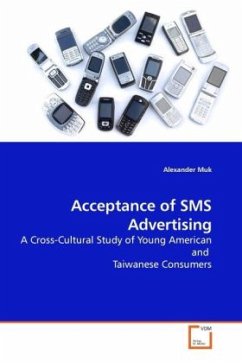
Effect of Risk Disclosures on Prescription Drug Advertising
The Moderating Role of Need-For-Cognition, Involvement, and Dogmatism
Versandkostenfrei!
Versandfertig in 6-10 Tagen
32,99 €
inkl. MwSt.

PAYBACK Punkte
16 °P sammeln!
In February 2004, the Food and Drug Administration (FDA) issued draft guidelines for presenting risk information in prescription drug advertisements. The effectiveness of the proposed formats is unknown. This work involved an experimental examination of the effects of three FDA-recommended risk disclosure options on responses to the ad. The findings suggest that each of the recommended risk disclosure options contain sufficient information for evaluating prescription drug advertisements. Of the three versions tested, the ads with least amount of information were the most desirable. Results als...
In February 2004, the Food and Drug Administration (FDA) issued draft guidelines for presenting risk information in prescription drug advertisements. The effectiveness of the proposed formats is unknown. This work involved an experimental examination of the effects of three FDA-recommended risk disclosure options on responses to the ad. The findings suggest that each of the recommended risk disclosure options contain sufficient information for evaluating prescription drug advertisements. Of the three versions tested, the ads with least amount of information were the most desirable. Results also revealed that involvement influenced ad credibility, attitude-toward-the-ad, and brand interest, while drug type influenced attitude-toward-the-ad, brand interest, and purchase intention. Ad version influenced purchase intention indirectly through brand interest. This book, therefore, provides new insights to drug advertisers, advertising researchers, and policymakers on the effectiveness of risk disclosure options in prescription drug advertising.












